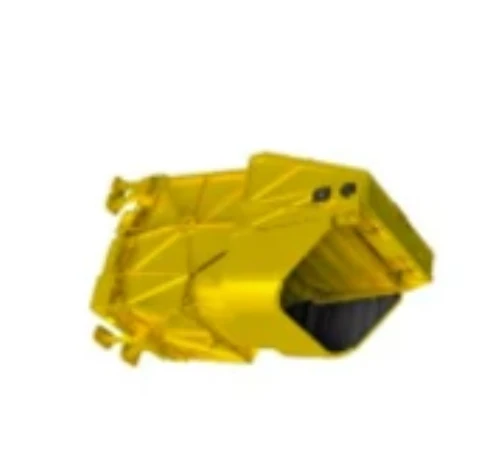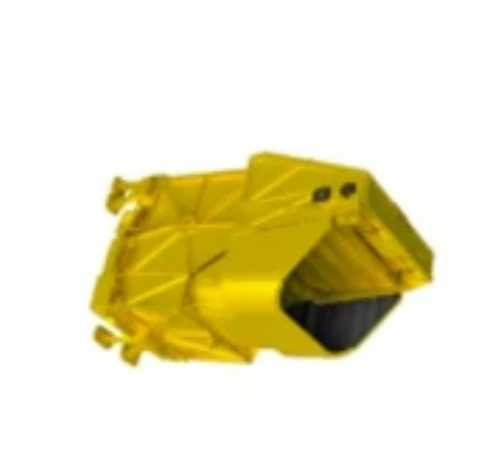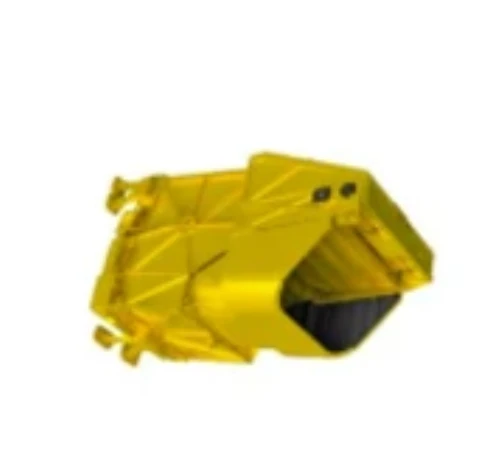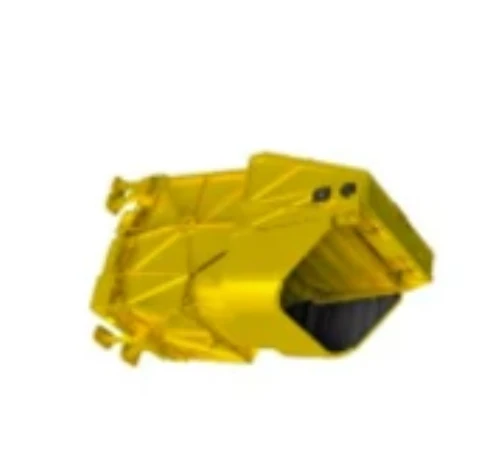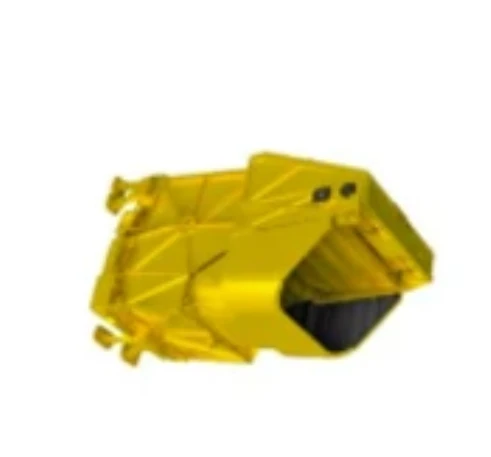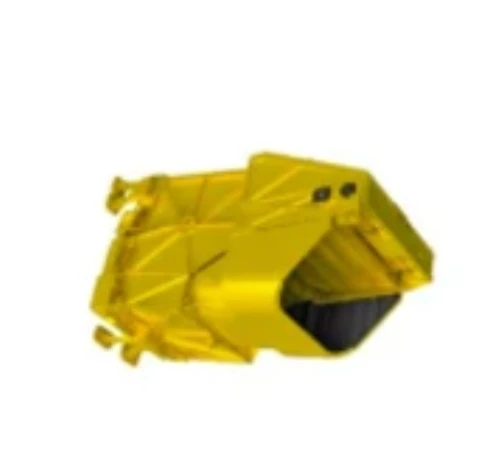
- Moafrika
- Sealbania
- Seamharic
- Searabia
- Searmenia
- Se-Azerbaijani
- Sebasque
- Sebelarusia
- Benghali
- Sebosnia
- Se-Bulgaria
- Secatalan
- Sebuano
- China
- Corsican
- Secroatia
- Czech
- Sedanishe
- Se-Dutch
- Senyesemane
- Esperanto
- Seestonia
- Sefinnishe
- Sefora
- Sefrisia
- Segalician
- Segeorgia
- Sejeremane
- Segerike
- Segujarati
- Secreole sa Haiti
- Hausa
- siwaiian
- Seheberu
- Che
- Miao
- Se-Hungary
- Seiceland
- igbo
- Seindonesia
- irish
- Setaliana
- Sejapane
- Se-Javanese
- Kannada
- kazakh
- Khmer
- Rwanda
- Sekorea
- Sekurdish
- Sekyrgyz
- Mosebetsi
- Selatine
- Selatvia
- Selithuania
- Se-Luxembourgish
- Semacedonia
- Semalagasy
- Semalay
- Semalayalam
- Semalta
- Semaori
- Marathi
- Mongolian
- Myanmar
- tsa Nepali
- Norwegian
- Norwegian
- Occitan
- Sepashto
- Sepersia
- Sepolishe
- Sepotoketsi
- Sepunjabi
- Seromania
- Serussia
- Sesamoa
- Segaeli sa Scotland
- Seserbia
- Senyesemane
- Seshona
- Sindhi
- Sesinhala
- Seslovak
- Seslovenia
- Somalia
- Sepanish
- Sesundanese
- Seswahili
- Seswedishe
- Setagalog
- Se-Tajik
- Setamil
- Setatare
- Setelugu
- Sethai
- Se-Turkey
- Turkmen
- Seukraine
- Seurdu
- Uighur
- Seuzbek
- Sevietnam
- Welsh
- Thusa
- Yiddish
- Yoruba
- Sezulu
Multispectral Camera Technology: Innovations and Practical Insights
The advancement of multispectral cameras is shaping the future of imaging by capturing data across multiple spectral bands. These devices provide valuable information that goes beyond the visible spectrum, opening new possibilities in precision agriculture, environmental monitoring, and industrial inspections.
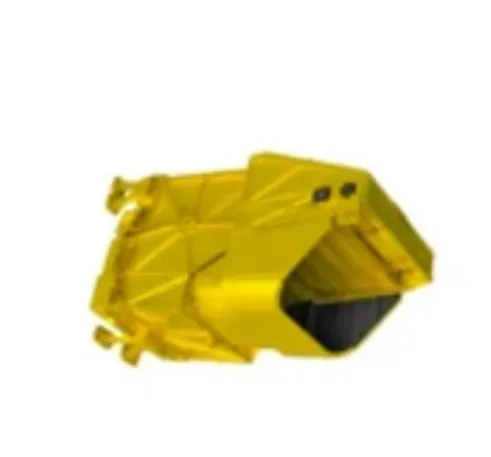
How Multispectral Cameras Enhance Imaging
A khamera e nang le li-multispectral captures images in discrete spectral bands, enabling detailed analysis of object characteristics such as health, composition, and condition. The choice of multispectral lenses is crucial, as they filter specific wavelengths to optimize image clarity and spectral accuracy.
Combining visible and infrared wavelengths, the kh'amera e kopaneng ea multispectrum infrared allows users to obtain thermal and spectral data simultaneously. This capability is instrumental in applications like wildfire detection, structural health monitoring, and crop stress assessment.
Cost-Effective Solutions with Low Cost Multispectral Cameras
The availability of low cost multispectral cameras has made multispectral imaging more accessible. These cameras offer essential multispectral functionalities suitable for small farms, research institutions, and educational purposes. They provide a practical balance between affordability and performance without sacrificing key spectral capabilities.
Despite the reduced cost, many low cost multispectral cameras maintain sufficient resolution and spectral range for effective data analysis, making them valuable tools for early adopters and budget-conscious users.
Selecting the Right Multispectral Imaging Camera
When planning to reka khamera e nang le pono e ngata, users should consider the spectral bands required for their specific applications. The multispectral visible imaging camera is ideal for projects focusing on vegetation analysis and urban planning, where visible light differentiation is key.
For more comprehensive tasks involving thermal or moisture detection, the kh'amera e kopaneng ea multispectrum infrared provides enhanced insights. Users should also assess factors like resolution, portability, and software compatibility to ensure the selected camera meets their operational needs.
In summary, the progress in khamera e nang le li-multispectral technology—including the development of specialized multispectral lenses and cost-effective models like low cost multispectral cameras—is transforming multiple industries by enabling detailed spectral imaging and analysis.






